
Kepler-62e
I have always thought that our planet was misnamed. Earth is a synonym for dirt, even though 72% is covered by water. Now, it appears that scientists may have discovered two distant water worlds even wetter than our own misnamed watery planet.
Astronomers have discovered a solar system of five planets orbiting Kepler-62, a red dwarf star about 1,200 light-years from Earth in the constellation Lyra. Two of the five planets are in what is considered the “habitable zone”— the area at which the planets receive enough light and warmth that liquid water could theoretically exist on their surfaces. Now, researchers at the Harvard-Smithsonian Center for Astrophysics have concluded that both planets may be water worlds, their surfaces completely covered by a global ocean with no dry land to speak of.

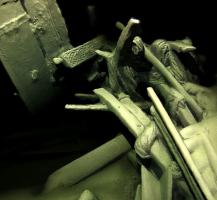
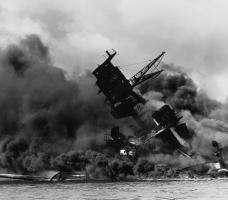 I
I 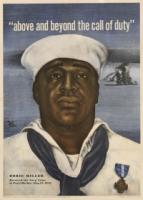 On the 75th anniversary of the Japanese attack on the US naval base at Pearl Harbor, it is a good time to remember
On the 75th anniversary of the Japanese attack on the US naval base at Pearl Harbor, it is a good time to remember 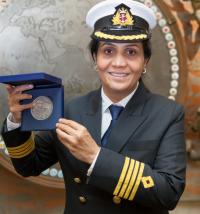 Our belated congratulations to Captain Radhika Menon, who was awarded the I
Our belated congratulations to Captain Radhika Menon, who was awarded the I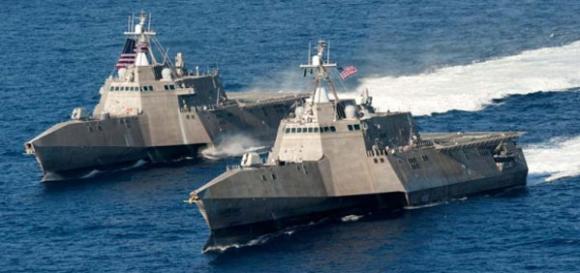 “The experience of LCS, it broke the Navy,” said Sean Stackley, Assistant Secretary of the Navy for research, development and acquisition.
“The experience of LCS, it broke the Navy,” said Sean Stackley, Assistant Secretary of the Navy for research, development and acquisition.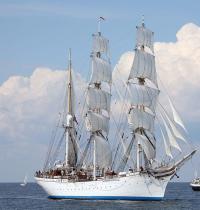 The three masted barque
The three masted barque 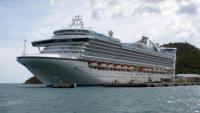
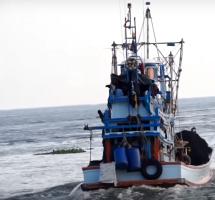 Overfishing is a huge problem in the world’s oceans. Exacerbating the problem is fishing piracy. A year ago, we posted “
Overfishing is a huge problem in the world’s oceans. Exacerbating the problem is fishing piracy. A year ago, we posted “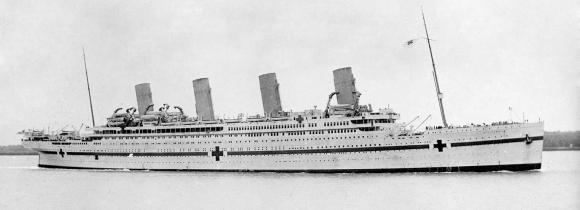
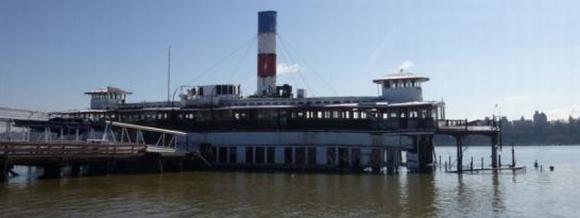 When the New York Times features your obituary on the front page, it probably means that you are dead. Sadly, that is the case of with historic ferryboat
When the New York Times features your obituary on the front page, it probably means that you are dead. Sadly, that is the case of with historic ferryboat 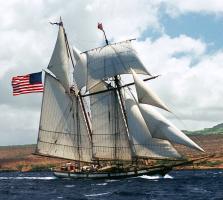 The
The 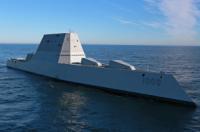 More teething problems on
More teething problems on  Douglas Reeman needs our help. If you have ever read any of the thirty volumes of the nautical adventures of Richard Bolitho, you probably know the author by his pen name, Alexander Kent. In total, Reeman has written close to 60 books and has made an indelible mark on the literature of the sea. Now, at 92 and in failing health, we have the opportunity to, in some small measure, make his path easier. A message from his wife Kim:
Douglas Reeman needs our help. If you have ever read any of the thirty volumes of the nautical adventures of Richard Bolitho, you probably know the author by his pen name, Alexander Kent. In total, Reeman has written close to 60 books and has made an indelible mark on the literature of the sea. Now, at 92 and in failing health, we have the opportunity to, in some small measure, make his path easier. A message from his wife Kim: